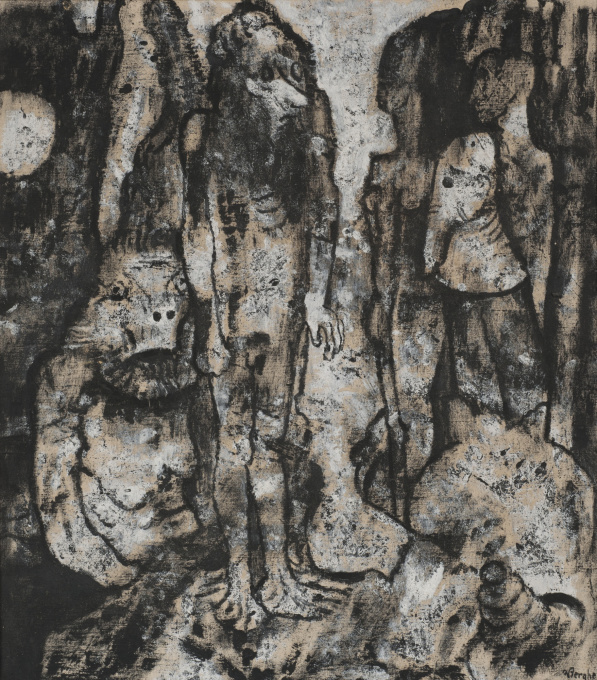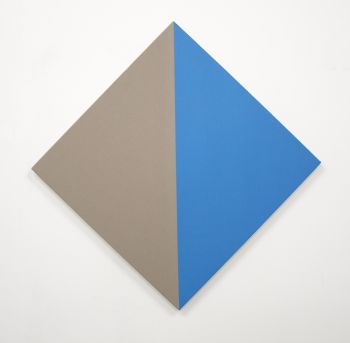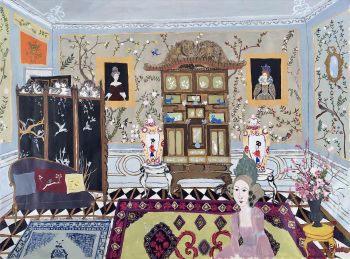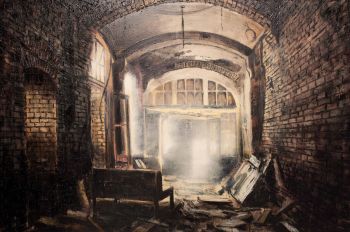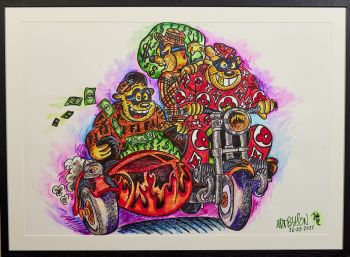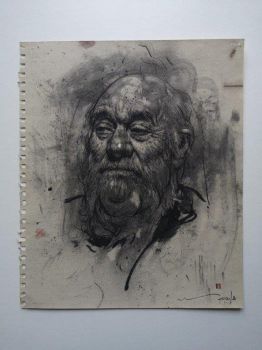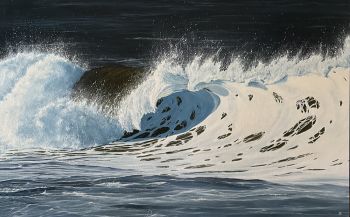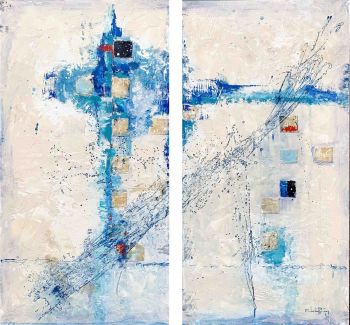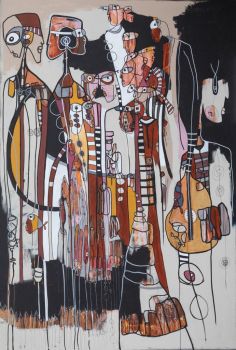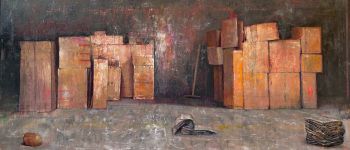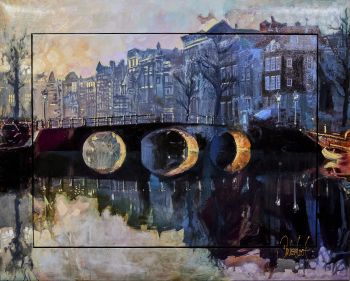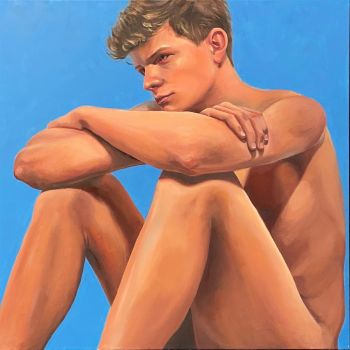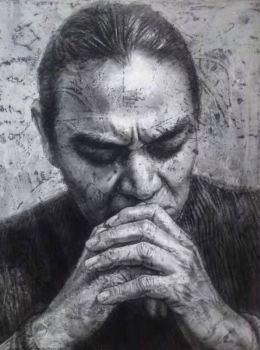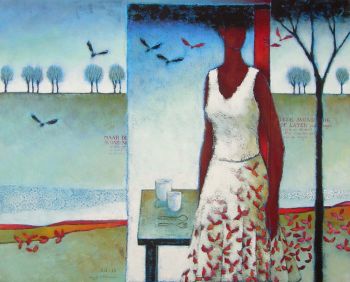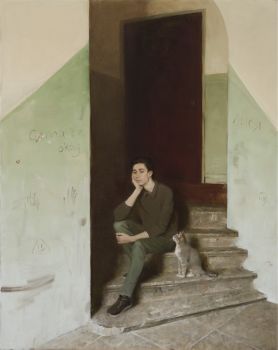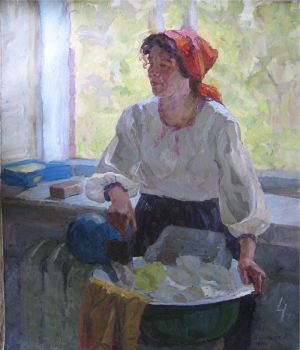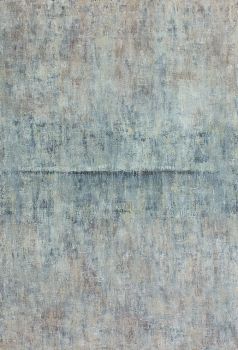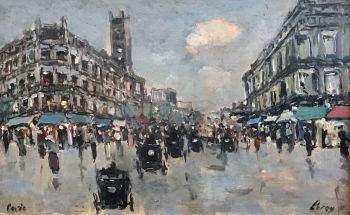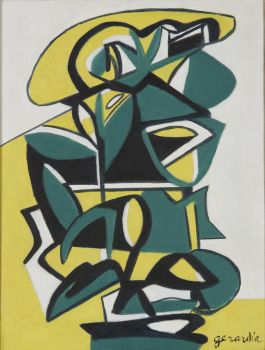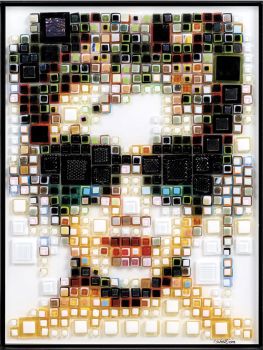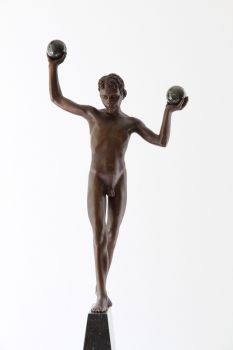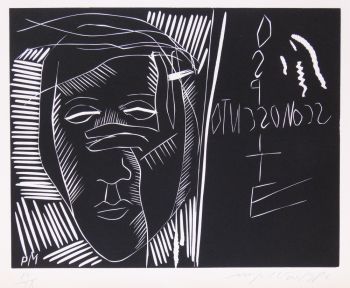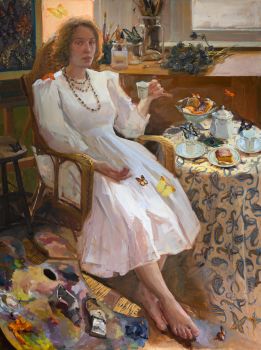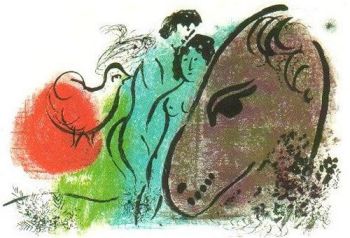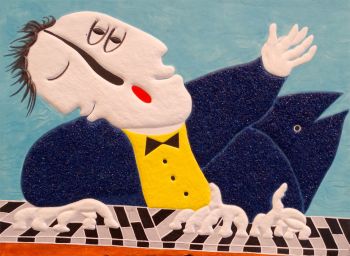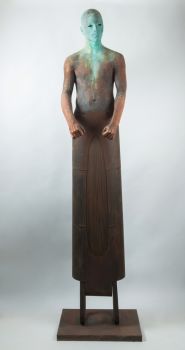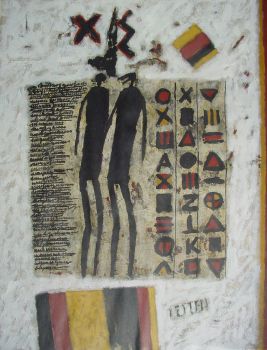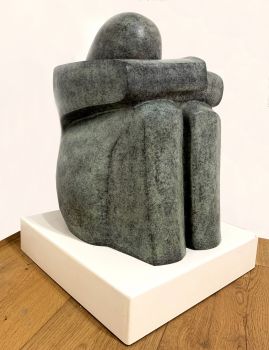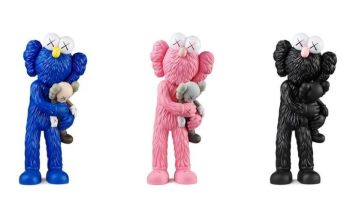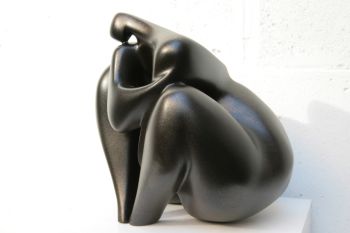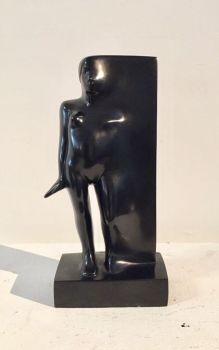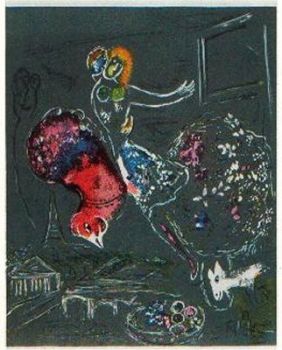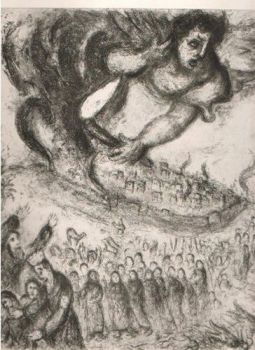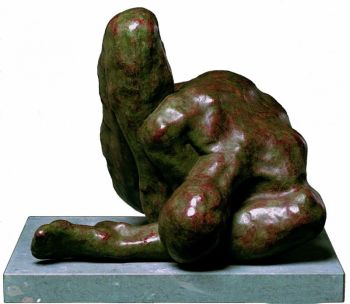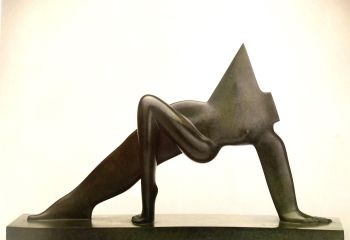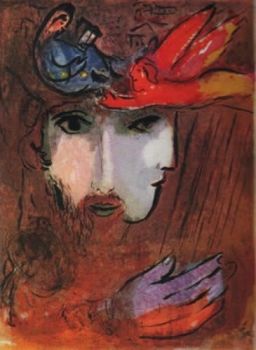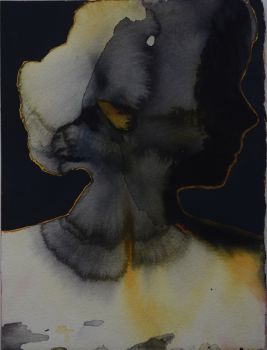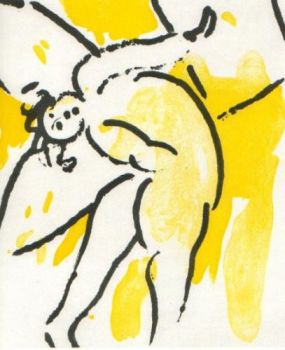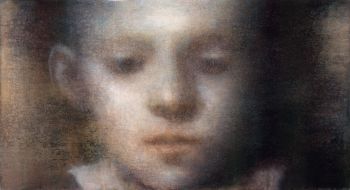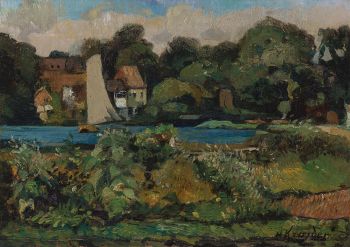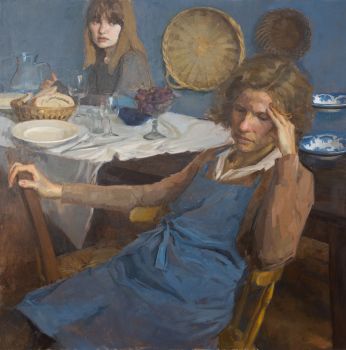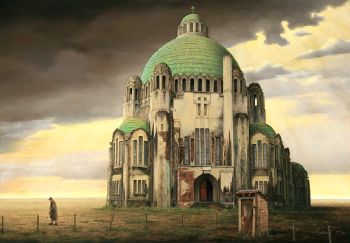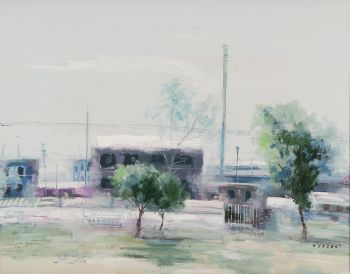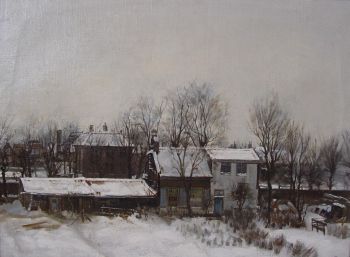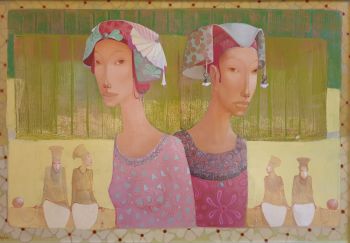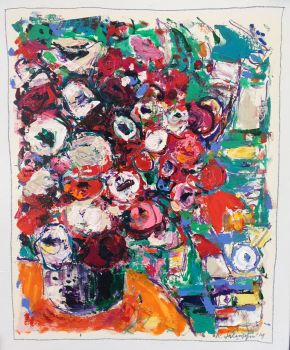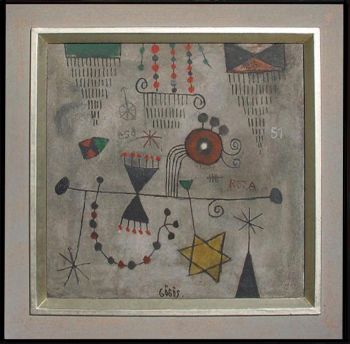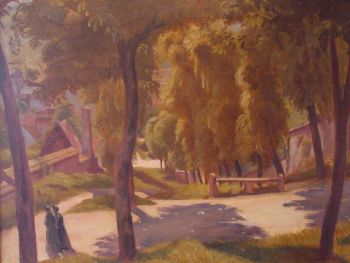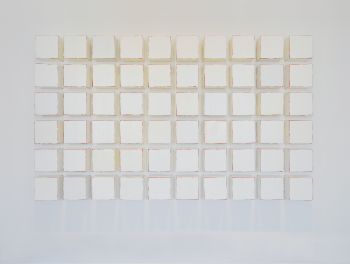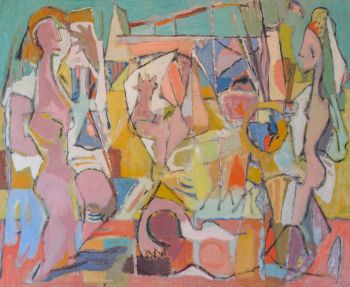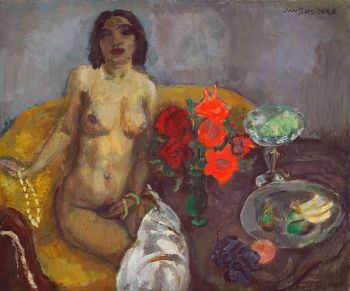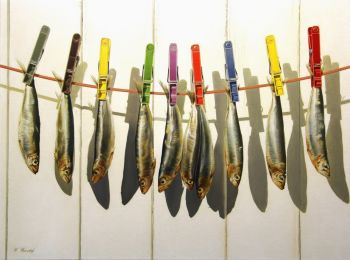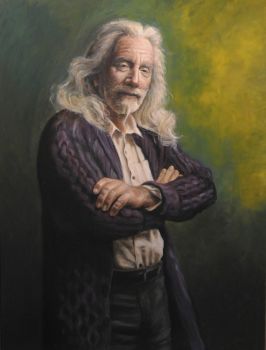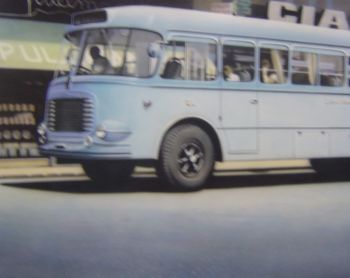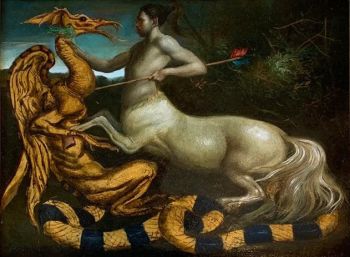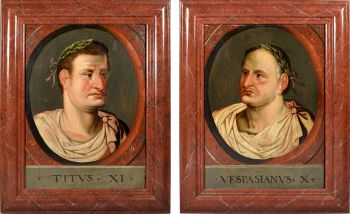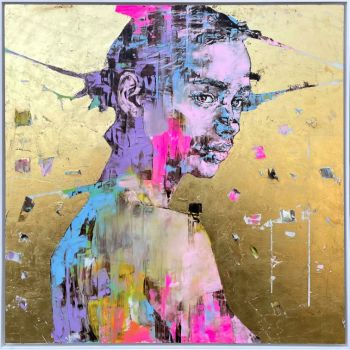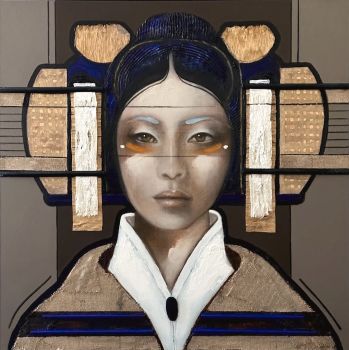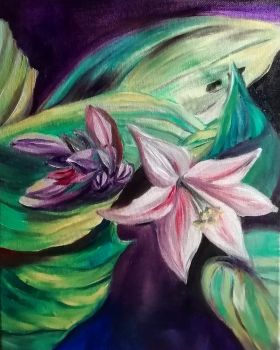La Peur 1930
Frits Van Den Berghe
LienzoPintura de aceitePintura
53 ⨯ 47 cm
ConditionExcellent
Actualmente no disponible a través de Gallerease
- Sobre la obra de arteOil on canvas
53,98 x 47,94 cm.
Signed: lower right ‘FvBerghe’
Provenance: Galerie Le Centaure, Brussels; Dr. S. Simon Muller, Brussels 1932; Auct. Sotheby’s. Paris, 24 March 2017, lot no. 28; Private collection, Belgium.
Literature: Piet Boyens, Frits van den Berghe 1883-1939, Antwerp 1999, no. 680, p.450, ill., as: De Angst.; Emile Langui, Frits Van den Berghe, 1883-1939: catalogue raisonné de son oeuvre peint, Brussels 1966, no. 362, ill., as: La Peur (De Angst).
Frits van den Bergh was the first Flemish expressionist, experimenting different styles. Initially he worked impressionistic, a style he found suitable to express his soul. The subconscious truly fascinated the Belgian artist, therefore Surrealistic elements entered his artworks. Caused by the political and social recession of the 1920s and 1930s, as well as the mental condition of Van den Berghe, subjects such as threat, desolation and fear became more leading in his work. These themes correspond perfectly to the expressionistic style he adopted. Marked by Impressionism, Expressionism and Surrealism, he tries to free himself from the dominant currents by turning to the world of the unconscious and the metaphor. Every image inspired by the real world often seems to move away from it. Around 1927 Van den Berghe choosed the way of surrealism. His manner of painting changed and the subjects became frightening dreams, in which eccentric figures float or fall. La Peur (1930) is an example of his late period in which he was influenced by the First World War and the economic crisis. He painted in tender ochres to dark earth tones, suggested dream images and grotesque hallucinations. With La Peur Van den Berghe put a face on the emotion fear. To him these monstrous figures are an embodiment of the power of the subconscious. Inspired by Max Ernst he found his solution for the processing of his expressionistic painting trend and his own poetic, dramatic and emotional moods. There are erratic figures and surfaces on the canvas that let us know Van den Berghe in all its capriciousness and bizarreness. - Sobre el artistaFrits van den Berghe fue un pintor, dibujante y grabador flamenco de Gante. Van den Berghe trabajó en una amplia variedad de estilos, pasando del impresionismo al expresionismo y, finalmente, al surrealismo fantástico. Junto con Albert Servaes, Constant Permeke y Gustaaf de Smet, Van den Berghe es considerado uno de los cofundadores del grupo Expresionismo Latem. Algunas de las otras sociedades de arte en las que participó activamente fueron L'Art Vivant, Sélection y Les Compagnons de l'Art. Enseñó en la Academia de Artes de Gante, donde también estudió. Al regresar de Nueva York en 1914, Frits se inspiró en el fauvismo y el expresionismo alemán de Jan Sluijter. Durante la Primera Guerra Mundial, floreció su expresionismo. En 1928, Van den Berghe comenzó a hacer dibujos animados para la revista socialista 'Vooruit', donde permanecería hasta su muerte. Mientras tanto, el estilo de Van den Berghe había evolucionado desde el expresionismo hacia el surrealismo fantástico, representando pesadillas, sueños y alucinaciones en una paleta de colores fuerte, claramente influenciada por el surrealista alemán Max Ernst. Retrató al ser humano como un ser humano generalmente obsesionado y temeroso. Las influencias de múltiples artistas importantes como Max Ernst, Egon Schiele, Giorgio de Chirico, Edvard Munch y Leo Gestel son reconocibles en su trabajo.
Related artworks
Egbert Rubertus Derk Schaap
LANDSCHAP AAN DE VECHT1862 - 1939
Precio a consultarGalerie Het Noorderlicht
1 - 4 / 24- 1 - 4 / 24
Eduard Charlemont
‘Allegories of Africa and America’1872
Precio a consultarZebregs & Röell - Fine Art - Antiques
Cornelis Stroo
Outskirts of Amsterdam in wintertime1860 - 1932
Precio a consultarKunsthandel Pygmalion
Geer van Velde
Composition: on the beach, ca. 19401898 - 1977
Precio a consultarStudio 2000 Art Gallery
1 - 4 / 24

